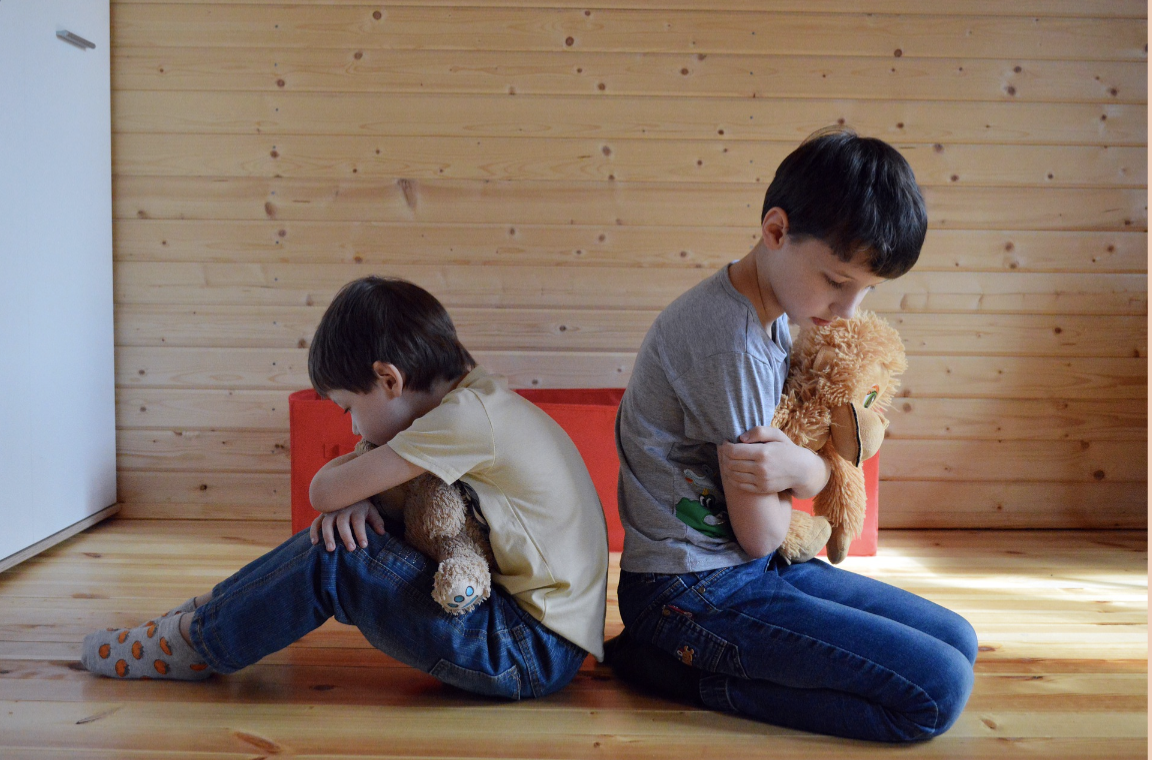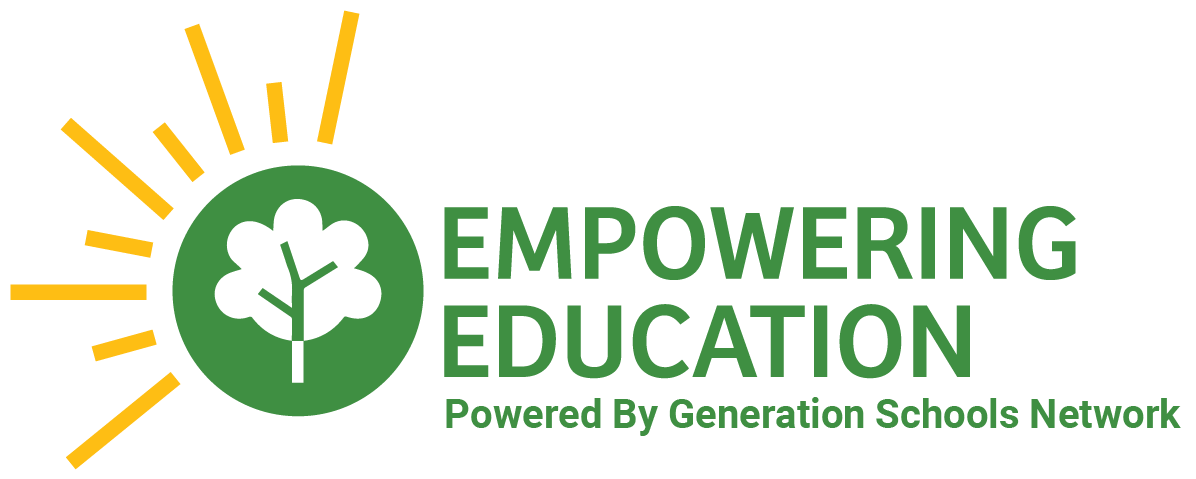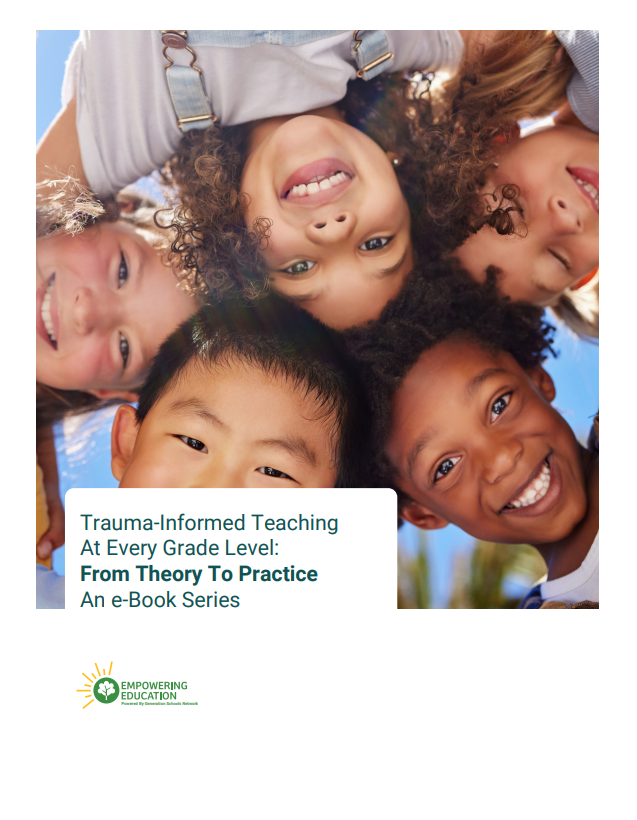Mistakes – they happen. As a kindergarten teacher of 16 years, I have become a wholehearted proponent of the restorative approach to apologies.
Apologizing for them can be tough for anyone. Sometimes we are our own harshest critics and can berate ourselves endlessly while at other times we might find it challenging to own up to the mistakes we have made and the consequences that have ensued. And children certainly are no exception!
Anyone who has raised and/or taught children in a school setting knows that helping young people understand the value of a sincere apology for both parties involved in a problem is key. The begrudgingly offered “sorry” from a youngster with gaze averted and arms crossed provides no one with the opportunity to feel as though wrongs have been righted.
Get The Full Lesson
Empowering Education offers full lesson plans for teachers on teaching kids how to apologize effectively.
Close to ten years ago, I attended my first training in Restorative Practices. While most of my colleagues seemed to have many questions about “repairing harm circles”, I was intrigued by the overwhelming work of a restorative approach. Building solid, trusting relationships in the context of a caring classroom community is a long (but sustainable) way to solve classroom problems.
However, building a caring community that respects members for who they are means that when mistakes are made, students recognize that relationships have been harmed and – importantly – can be (and should be) repaired.
As I drove home from that first training, I wondered how my young students’ understood community. Did my students understand the impact of an apology? Did they know it was a responsibility that members of a community have to one another? Their idea of community would have an impact on both their willingness and their ability to offer sincere apologies when mistakes – inevitably – were made.
The stronger the connection they felt towards one another in our classroom community, the fewer issues that would arise. And when issues bubbled up – which they certainly would – with a solid community of care and support, an apology would be more meaningful.
“A sincerely offered apology includes the acceptance of responsibility and the willingness to work towards making amends."
Because of their commitment and connection to our community, my young students would engage in sincere apologies more readily than ever before – and they most certainly have!
With the foundation of our community supporting us, teaching how to make an apology is equal parts owning of responsibility, the offering of a sincere “I’m sorry,” and making amends.
For example, in our diverse classroom community, our children speak a variety of languages, not all of which are familiar to the monolingual English speaker. As a result, there are times when a child chuckles at the sound of someone’s name. This as an opportunity to grow as both individuals and as a community. I ask the chuckling child – and by extension, the community as a whole – to reflect on the strength and beauty of our diverse selves. The question helps the students draw their own conclusions about the importance of our identities, families, languages, and, of course, names.

Eventually, we arrive at the realization that our names are gifts from our families and from our cultures and therefore are an important part of who we are – and who each of us is as individuals contributes to who we become as a community. Chuckling at one of our names, therefore, is akin to chuckling at our beloved community. Once this bridge of understanding is crossed, helping the child who laughed at a friend’s name to apologize in a way that can both address a slight and heal the community with responsibility (“I know I laughed at your name”), a sincere apology (“I’m sorry”) and the offer to right the wrong (“What can I do to help make it right?”) becomes far more meaningful and far more productive because all parties involved – the slighted child, the chuckling child and the community as a whole – feel accepted, valued and heard.
And after all, isn’t the power derived from being part of a community rooted in the acceptance of its members and valuing its members' contributions? Helping children value membership in a community has many benefits – certainly not the least of which is a commitment to repairing harm.
A sincerely offered apology includes the acceptance of responsibility and the willingness to work towards making amends.
Get The Full Lesson
Empowering Education offers full lesson plans for teachers on teaching kids how to apologize effectively.


